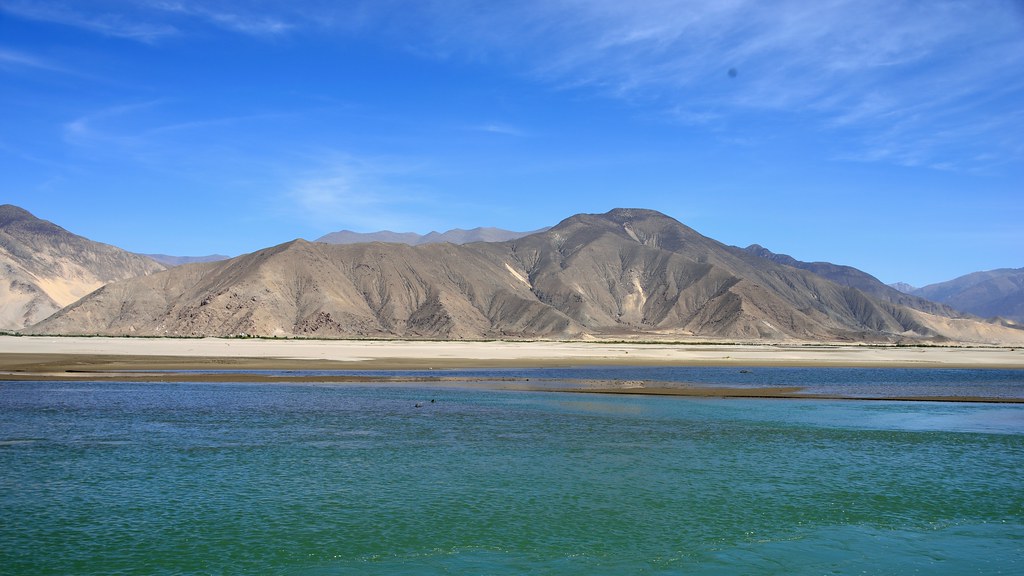China has officially begun construction of what is being termed the world’s largest hydropower dam on the Yarlung Zangbo River, known downstream as the Brahmaputra in India and Bangladesh. Chinese Premier Li Qiang announced the launch of the project on Saturday.
According to Chinese media, the dam, located in Tibet’s Nyingchi region, will have a capacity of 60 gigawatts. The project site falls under Medog County in the Tibet Autonomous Region. The river in question is vital to the livelihoods of hundreds of millions of people in the downstream nations, including India and Bangladesh.
Plans for the mega project were first unveiled by China in November 2020, and it received official approval in December 2023. Since then, preparations had been underway, culminating in the formal commencement of construction.
China’s state-run news agency Xinhua reported that the project aims not only to meet Tibet’s electricity needs but also to supply power to other regions of China. The plan includes the construction of five separate hydropower stations, with a total estimated cost of 1.2 trillion yuan (approximately $167 billion). Once completed, it may surpass the Three Gorges Dam on the Yangtze River in scale.
However, countries located downstream, especially India and Bangladesh, have expressed deep concern from the beginning. They fear the upstream construction could restrict water flow, posing severe environmental and economic risks to populations reliant on the river.
The Indian government has officially communicated its concerns to China and is closely monitoring the development. In a statement, India’s Ministry of External Affairs said that it has urged China to ensure that the interests of downstream countries are not harmed.
In response, China’s Foreign Ministry has asserted that the dam will have no negative impact on lower riparian countries and that it maintains regular communication with neighboring states.
Environmental groups and human rights organisations have sharply criticised the project. They argue that undertaking such a massive construction effort in a fragile, glacier-dependent region like Tibet could lead to serious ecological consequences. They also warn that disrupting a crucial river like the Brahmaputra at its source could inflame long-term political tensions in the region.
Historical context adds to the anxiety: During the construction of the Three Gorges Dam, China forcibly displaced around 1.4 million people. Although Medog, the area near the new dam, is less densely populated, with a population of only 14,000, the Chinese state-owned Power Construction Corporation has not disclosed how many people might be displaced for the current project.
The Tibetan Plateau, covering around 2.5 million square kilometres, is one of the world’s key freshwater sources and the origin of several major rivers in South and Southeast Asia. Water from its glaciers and springs supports around 1.8 billion people in India, Bangladesh, China, and Bhutan, providing drinking water and irrigation. Given this reality, there is growing concern that the dam could significantly impact regional water rights and ecological balance.
Analysts believe that this move is not only part of China’s strategic energy plan but also carries geopolitical implications. The dam could reshape South Asia’s regional power dynamics and security landscape. Attention is now focused on how the implementation of this mega project unfolds and what consequences it may bring for India, Bangladesh, and the broader region.


